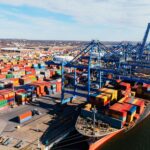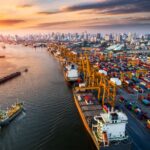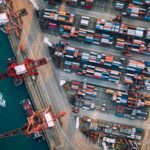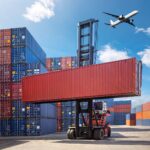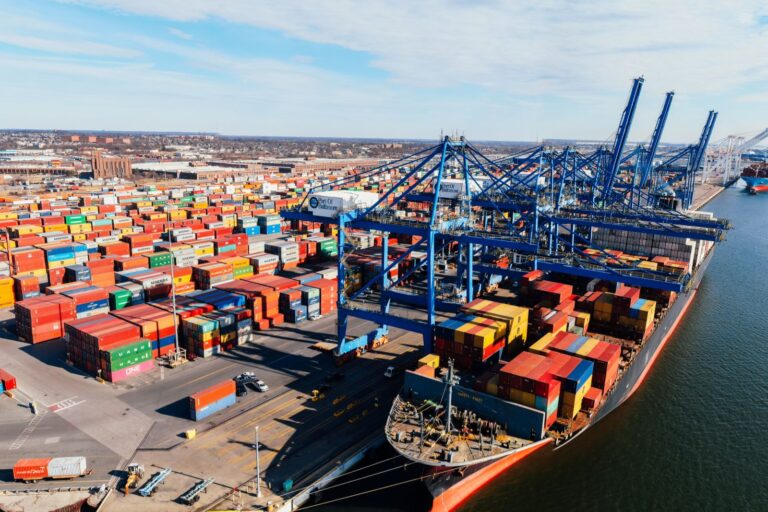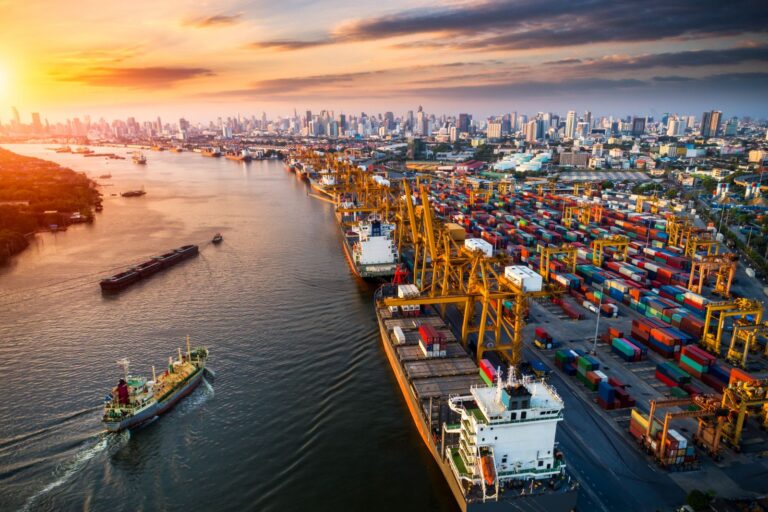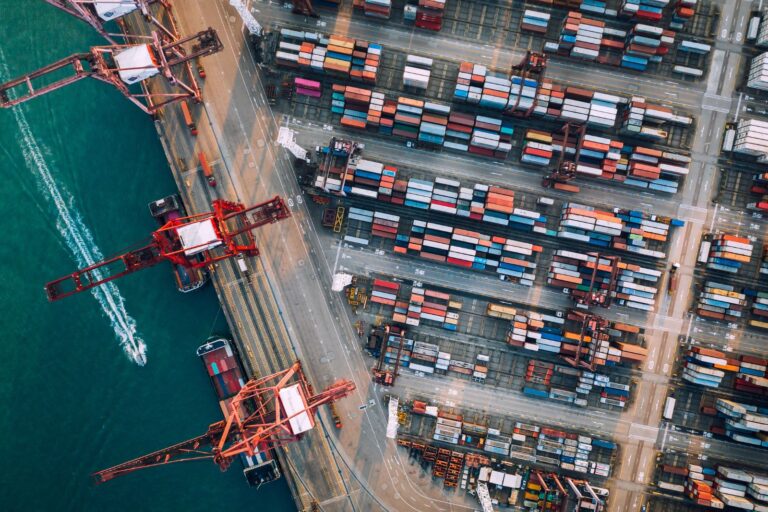Shipping goods internationally comes with inherent risks, from theft to damage or tampering. Container security measures are critical to ensuring that your cargo reaches its destination safely and intact. Whether you’re a small business or a large enterprise, understanding and implementing the right security protocols can save time, money, and potential losses.
At EGL – Emerald Global Logistics, we specialise in providing tailored container security solutions for businesses across Australia. From robust locking systems to digital monitoring, there are multiple strategies to protect your shipments. In this guide, we’ll explore the most effective practices, common mistakes to avoid, and step-by-step recommendations for secure container transport.
Why Container Security Matters (H2)
Protecting cargo from theft and tampering is the primary reason businesses invest in container security measures. Containers often carry high-value goods, making them targets during transit. Other benefits include:
- Ensuring compliance with international shipping regulations.
- Reducing insurance claims and associated costs.
- Maintaining brand reputation by delivering goods safely.
- Minimising delays caused by damaged or lost cargo.
EGL – Emerald Global Logistics helps businesses navigate these risks by integrating advanced security solutions into their supply chain processes.
Key Container Security Measures (H2)
Implementing multiple layers of security ensures the highest level of protection for your shipments.
1. Physical Security (H3)
- High-Security Seals: Use ISO 17712 certified seals to prevent unauthorised access.
- Locking Systems: Heavy-duty padlocks and bolt seals are essential for securing container doors.
- Tamper-Evident Packaging: Ensure packaging shows clear signs if tampered with.
2. Technological Solutions (H3)
- GPS Tracking Devices: Monitor container location in real-time.
- Electronic Locking Systems: Control access remotely and track who opens the container.
- Surveillance Cameras: Use CCTV for yard storage and loading areas.
3. Operational Security (H3)
- Staff Training: Ensure all personnel understand security protocols.
- Vetting Partners: Choose trusted transport and logistics partners.
- Documentation Control: Secure shipment papers to prevent fraud.
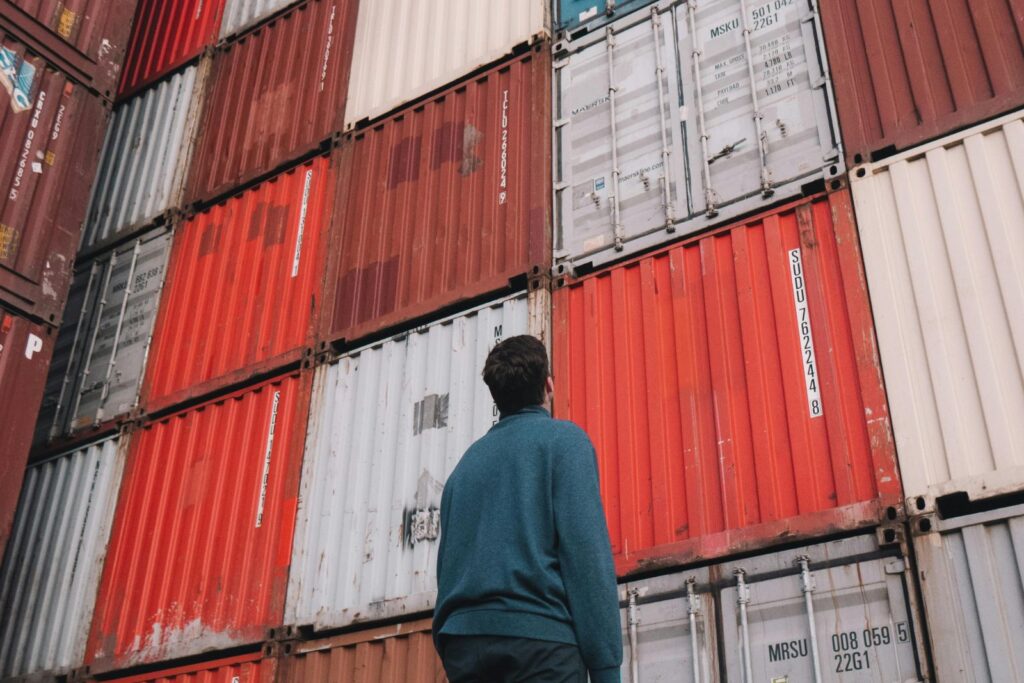
Step-by-Step Guide to Secure Your Container (H2)
- Inspect Containers: Check for damage or weak points before loading.
- Apply High-Security Seals: Seal doors with certified locks.
- Document Seal Numbers: Keep a record of all seals applied.
- Implement Tracking Solutions: Activate GPS devices and monitoring systems.
- Train Staff: Ensure everyone follows security protocols during loading, transit, and unloading.
- Regular Audits: Conduct routine checks to maintain security standards.
Common Mistakes to Avoid (H2)
- Using cheap or uncertified seals.
- Neglecting digital tracking solutions.
- Failing to vet logistics partners.
- Overlooking documentation security.
- Ignoring staff training on container handling.
Container Security Best Practices (H2)
- Combine physical and digital security for maximum protection.
- Implement tamper-evident solutions at every stage.
- Conduct regular risk assessments to identify vulnerabilities.
- Partner with experienced logistics providers, like EGL, for tailored solutions.
Costs and Pricing Insights (H2)
Security measures vary based on container size, destination, and technology:
- High-Security Seals: $5–$20 per seal.
- GPS Tracking: $50–$150 per device monthly.
- Electronic Locks: $100–$300 per unit.
- Surveillance Cameras: $500–$2,000 depending on coverage.
Investing in these measures reduces the risk of theft and potential financial loss, making them cost-effective long-term.
Use Cases & Examples (H2)
Scenario 1: A Melbourne exporter using GPS tracking and electronic locks avoided a $10,000 loss when a container was tampered with in transit.
Scenario 2: EGL assisted a Brisbane-based retailer in implementing staff training and tamper-evident seals, improving shipment safety and reducing insurance claims by 30%.
FAQs (H2)
Q1: What is the most important container security measure?
A1: High-security seals combined with GPS tracking are critical for secure shipping.
Q2: Can digital locks replace physical seals?
A2: No, digital locks complement physical security but should not replace certified seals.
Q3: How often should containers be inspected?
A3: Conduct inspections before loading and periodically during storage or transit.
Q4: Does EGL provide container security solutions in Australia?
A4: Yes, EGL offers tailored container security services nationwide.
Conclusion & Call-to-Action (H2)
Effective container security measures are essential for protecting goods, reducing risk, and ensuring timely delivery. By combining physical locks, technological solutions, and operational best practices, businesses can safeguard their shipments efficiently.
If you’re ready to streamline your logistics and enhance cargo safety, contact EGL today for expert support: Contact Us.
For more information about our services, visit Home or learn about our company background on our About Us page.

